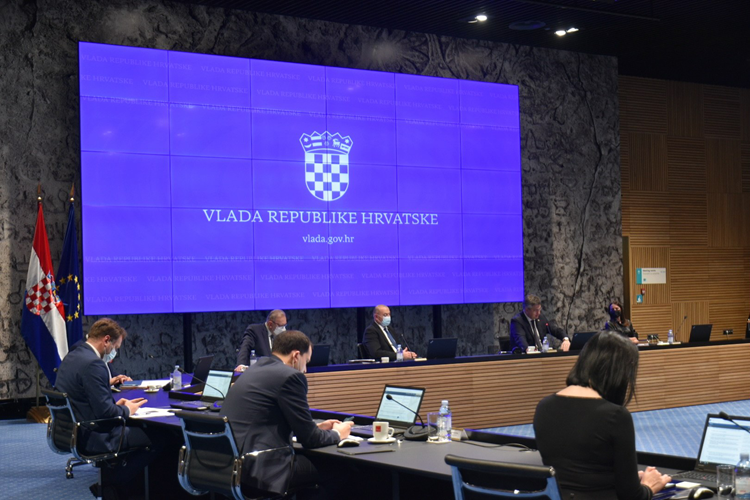


Regional Development and EU Funds Minister Nataša Tramišak recalled that the government decided to draw up the programme on 14 January 2021, two weeks after the quake, and said the programme would run until 2029.
The new regional support map, which enters into force on 1 January, allows for considerably higher co-financing of regional state support throughout Croatia, she said.
Big companies will be eligible for 60% of the support, medium-sized ones for 70% and small ones for 75%, she added.
The pogramme focuses on stimulating the development of Sisak-Moslavina County's competitiveness and on eliminating the effects of the earthquake, which is in line with the government's intention to reconstruct buildings and the infrastructure as soon as possible and to create a stimulating framework for social and economic revitalisation.
Tramišak said the programme covered 15 measures and 52 activities aimed at economic growth and development as well as at raising the standard of living.
Speaking at today's cabinet meeting, Prime Minister Andrej Plenković said HRK 15 billion would be invested in the development of the earthquake-hit Banovina region.
"We will work intensively, without any false promises or illusions that the reconstruction process, following such devastating damage, can be completed in an extremely short time. There is no area which suffered such a big earthquake where everything was rebuilt in under one year. Those are false theses and they delude people," he said.
"We are realistic and ready to work 24 hours a day... but we are aware that such processes require preparation and time," he added.
Speaking of the HRK 15 billion programme for the economic, demographic and social revitalisation of Sisak-Moslavina County, he said the government wished to stimulate the development of the Banovina region through infrastructure, economic and population projects.
One of the key projects is the extension of the Lekenik-Sisak motorway, he said.
Works are under way on almost 900 houses, reconstruction has been contracted for 3,600, a call for applications is being prepared for 1,200 houses, and applications have been invited for the construction of 165 family houses and ten apartment buildings, Plenković said, adding that the government wanted the rebuilt houses to be more earthquake-resistant.
He recalled that eight people were killed in the magnitude 6.2 quake in Sisak-Moslavina County on 29 December 2020, that more than 40,000 houses and buildings were damaged and that the damage was estimated at HRK 40 billion.
The prime minister thanked everyone who helped after the tremor and was still helping.
He also recalled that those who lost their homes were given temporary accommodation and exempted from paying heating and electricity bills as well as road tolls, adding that farmers, business owners, towns and counties were given financial aid.
"The Croatian government has stood behind Banovina and done all in its power to make life easier for people," Plenković said, adding that over HRK 1 billion has been paid in aid and HRK 315 million for job retention.
He recalled that 1,106 houses have been rebuilt, to which more than 6,000 people have returned, and that 5,600 of Sisak-Moslavina County's 160,000 inhabitants are accommodated in mobile homes.
Text: Hina